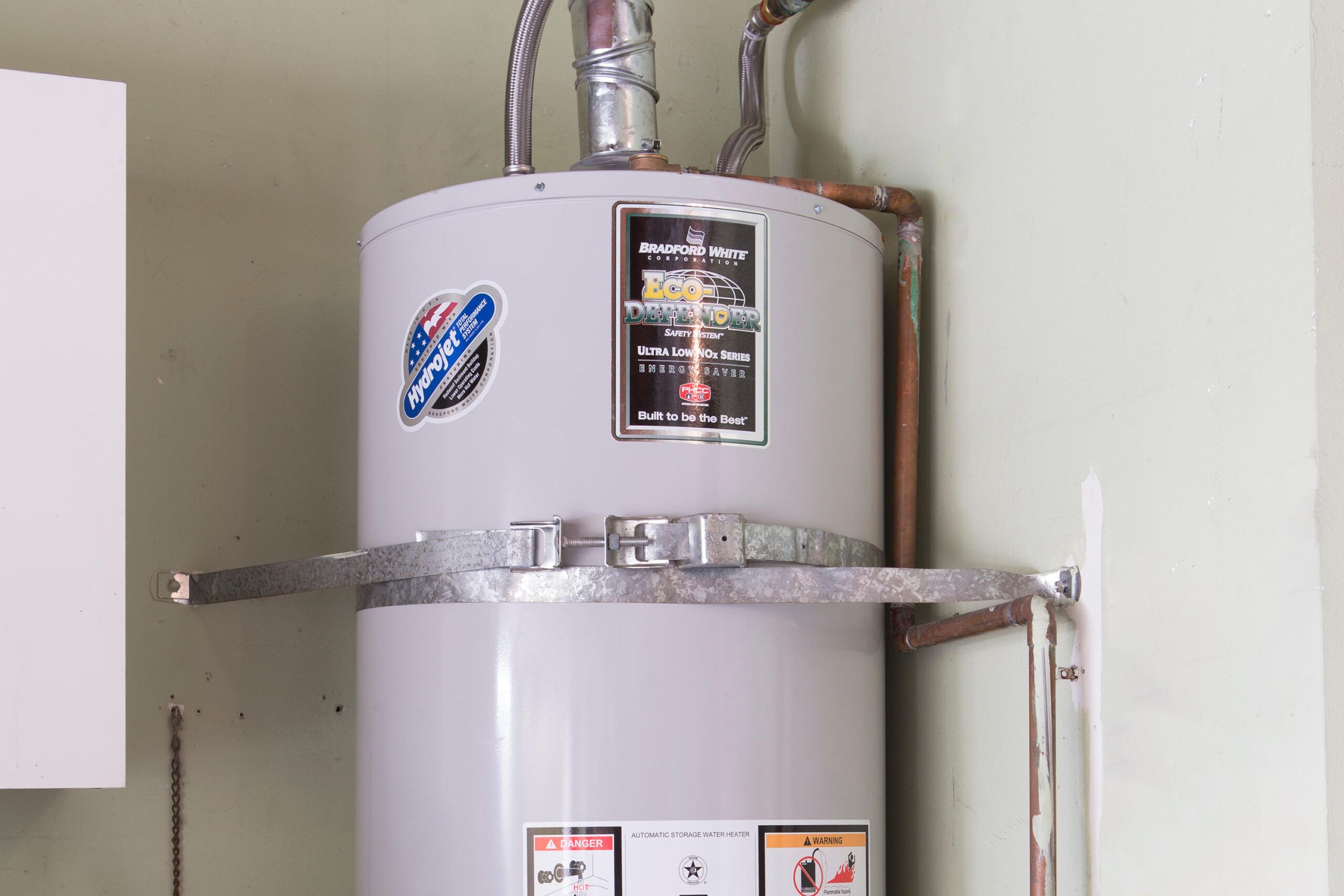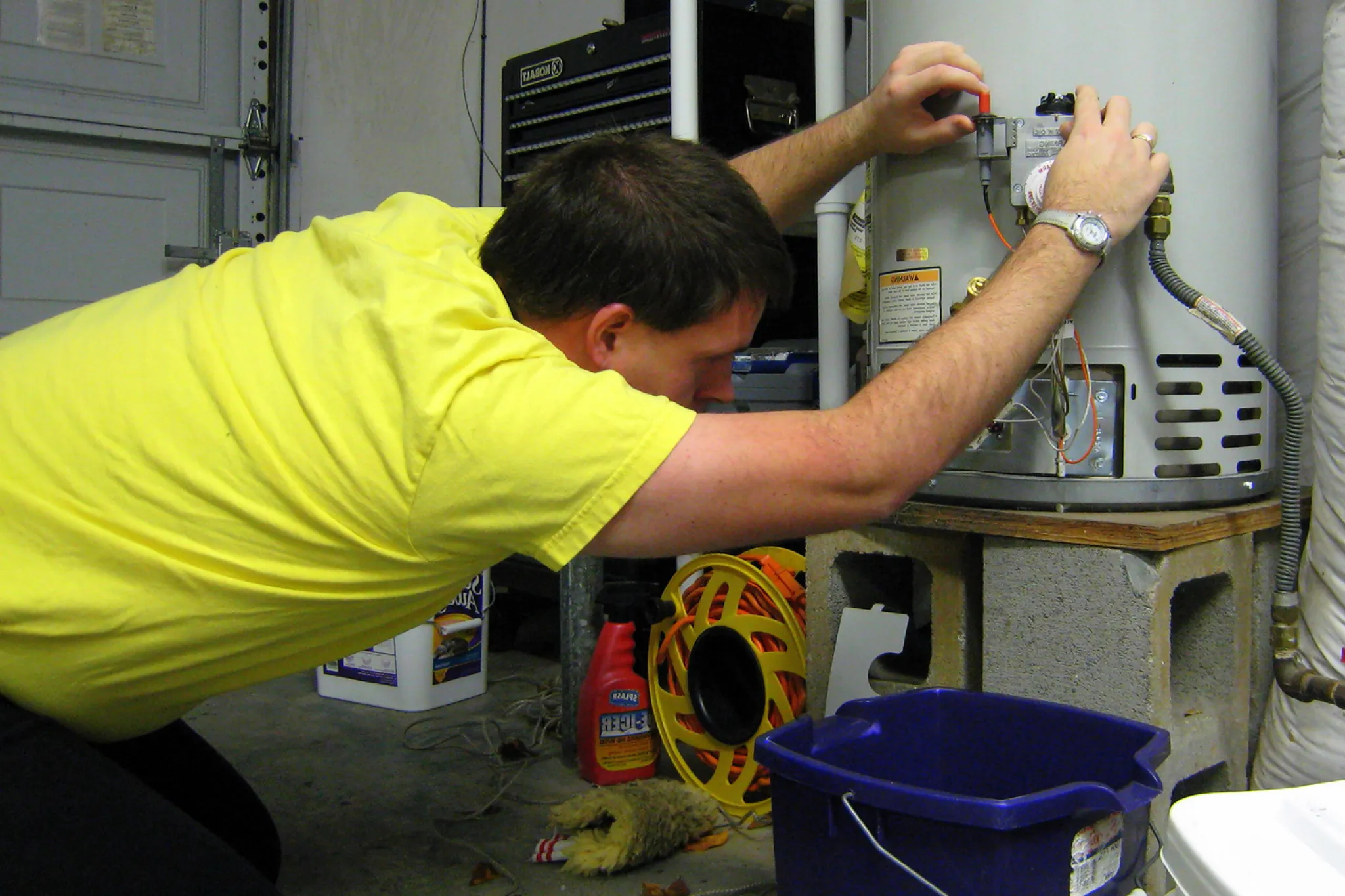Best Practices for Maintaining Your Home's Hot Water System
Click Here To Read MoreDo you find yourself searching for info involving Tips on Maintaining a Water Heater?

Warm water is essential for everyday convenience, whether it's for a rejuvenating shower or cleaning recipes. To guarantee your hot water system runs efficiently and lasts much longer, regular maintenance is vital. This post offers practical pointers and understandings on just how to preserve your home's warm water system to avoid interruptions and expensive repair services.
Intro
Maintaining your home's hot water system could seem complicated, but with a few straightforward steps, you can guarantee it runs smoothly for many years to find. This overview covers everything from understanding your warm water system to DIY maintenance tips and knowing when to hire expert aid.
Relevance of Preserving Your Warm Water System
Normal upkeep not just extends the lifespan of your warm water system yet additionally guarantees it runs efficiently. Overlooking maintenance can cause lowered effectiveness, greater power expenses, and also early failing of the system.
Indications Your Hot Water System Needs Maintenance
Knowing when your hot water system needs focus can prevent significant issues. Look out for signs such as inconsistent water temperature level, weird sounds from the heating system, or corroded water.
Flushing the Hot Water Heater
Flushing your hot water heater removes debris buildup, enhancing performance and lengthening its life.
Checking and Changing Anode Rods
Anode poles stop rust inside the tank. Inspecting and replacing them when broken is vital.
Complicated Problems Requiring Specialist Aid
Examples include significant leakages, electric issues, or if your hot water heater is regularly underperforming.
Routine Specialist Upkeep Perks
Expert maintenance can consist of complete assessments, tune-ups, and guaranteeing compliance with safety and security criteria.
Inspecting and Changing Temperature Setups
Changing the temperature settings makes certain ideal efficiency and safety and security.
DIY Tips for Upkeep
You can do numerous maintenance tasks yourself to keep your warm water system in top problem.
Looking for Leaks
On a regular basis evaluate pipelines and connections for leakages, as these can bring about water damage and greater expenses.
Understanding Your Warm Water System
Before diving right into maintenance jobs, it's valuable to understand the fundamental components of your warm water system. Generally, this consists of the water heater itself, pipelines, anode rods, and temperature level controls.
Regular Monthly Upkeep Tasks
Regular month-to-month checks can help catch minor concerns before they rise.
Testing Stress Alleviation Valves
Checking the pressure safety valve ensures it works correctly and avoids too much pressure accumulation.
Insulating Pipes
Shielding hot water pipes minimizes heat loss and can save power.
When to Call a Professional
While DIY upkeep is beneficial, some problems call for professional competence.
Verdict
Routine upkeep of your home's warm water system is essential for effectiveness, long life, and price savings. By following these ideas and knowing when to seek expert assistance, you can make certain a dependable supply of hot water without unforeseen disturbances.
How to Maintain an Instant Hot Water Heater
Before tinkering with your hot water heater, make sure that it’s not powered on. You also have to turn off the main circuit breaker and shut off the main gas line to prevent accidents. Also turn off the water valves connected to your unit to prevent water from flowing into and out of the appliance. 2. When you’re done, you have to detach the purge valves’ caps. These look like the letter “T†and are situated on either side of the water valves. Doing so will release any pressure that has accumulated inside the valves while at the same time avoid hot water from shooting out and burning your skin. 3. When the purge valves’ caps are removed, you have to connect your hosing lines to the valves. Your unit should have come with three hoses but if it didn’t, you can purchase these things from any hardware or home repair shops. You can also get them from retail stores that sell water heating systems. Read the user’s manual and follow it to complete this task properly. When the hosing lines are connected, open the purge port’s valves. 4. You should never use harsh chemical cleaners or solutions when cleaning your unit. Make use of white vinegar instead. It should be undiluted and you’ll probably use about 2 gallons. 5. Now flush your water heater. This task should probably take about 40 minutes. We can’t give you specific directions for this because the procedure is carried out depending on the type, model and brand of your heater. With that being said, refer to the user’s manual. 6. When you’re done draining the unit, you have to turn off the purge port valves again. Remove the hosing lines that you earlier installed on each of the water valves. Put the valve caps (purge port) back in their respective places and be very careful so as not to damage the rubber discs that are found inside these caps. 7. Now that everything’s back in place, check your user’s manual again to find out how to reactivate your water heating system. 8. Once it is working, turn one of your hot water faucets on just to let air pass through the heater’s water supply pipes. Leave the tap on until water flows smoothly out of it. https://www.orrplumbing.com/blog/2014/september/how-to-maintain-an-instant-hot-water-heater/

As a serious person who reads on What Kind of Maintenance Do Water Heaters Need?, I assumed sharing that excerpt was a great idea. Enjoyed our piece of writing? Please quickly share it. Help other people find it. Thank you so much for going through it.
Call Us Now